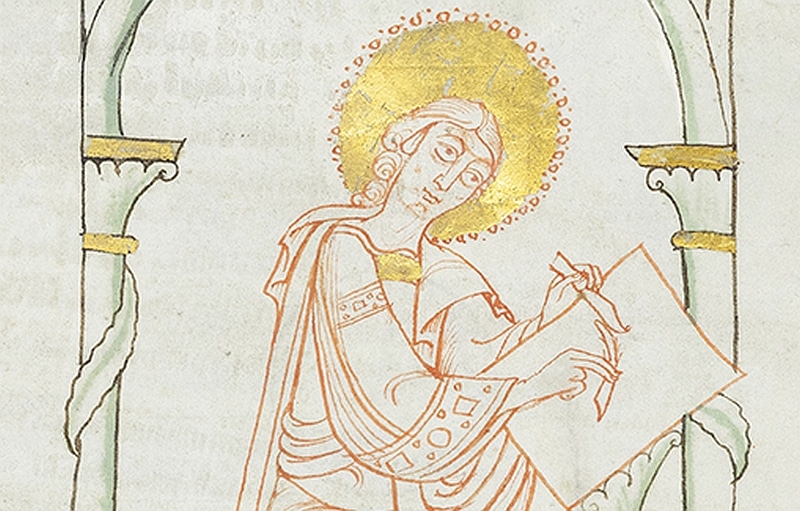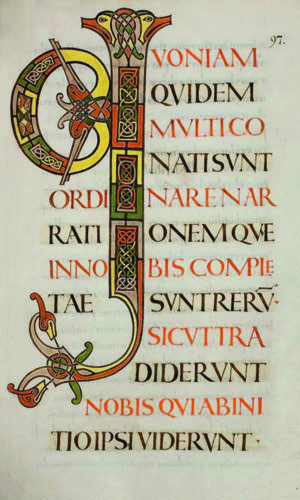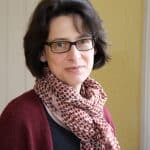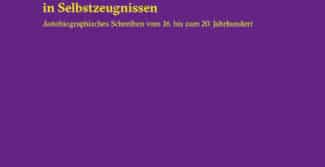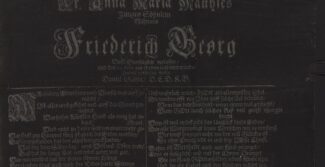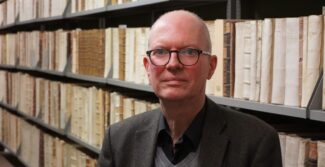The exhibition Leuchtendes Wort – Sprechendes Bild (The illuminated word and the speaking image) opened on 16 February 2020 in the Bibliotheca Augusta, with an introductory address by Norbert Kössinger from the Otto-von-Guerike-Universität Magdeburg and curators Patrizia Carmassi and Stefanie Westphal. The presentation in the Bibliotheca Augusta’s museum was on display until 27 September 2020.
The manuscripts from the Alsatian Benedictine abbey of St Peter and Paul in Weissenburg are evidence of the active exchange of knowledge, artistic stimulus and innovative ideas. Leuchtendes Wort – Sprechendes Bild highlighted the artistic work performed in the scriptorium at Weissenburg Abbey between 800 and 870. The scriptorium was remarkable not only for its modern style of work but also for the modern standard it employed in the exegesis of biblical texts. Furthermore, the abbey’s manuscripts, nearly all of which came into the possession of the library in Wolfenbüttel in 1689, offer a glimpse into the liturgical life of the monks as well as the community’s rites.
The artistic work performed in the scriptorium – which the Frankish court began sponsoring in the mid-8th century – is quite heterogeneous. Up until 830, the manuscript sheets were decorated with fanciful blossom and leaf motifs rooted in regional traditions. In the following years, however, scribes increasingly began abandoning ornamentation in favour of balanced characters given added structure by highlighted fonts. In the second quarter of the ninth century, they introduced colourful initials that were rich in contrast, a unique and important artistic idea that had originated at Fulda Abbey. Borrowing from illumination from St. Gallen and Reichenau, scribes began using interlaced decorated initials and gilding. From 845 to 870 the scriptorium was led by the monk and poet Otfrid of Weissenburg, who, among his other activities, completed a renowned gospel harmony, maintained contacts with other monasteries and promoted the production of books, which increased significantly during his tenure.
Most importantly, Otfrid transferred the existing exegetical sources to a new manuscript layout: a text with glosses. This form was to be applied to all biblical books and used to train monks. The surviving works can thus offer insights into the monks’ daily lives, their religious services, the production of literary texts and bible studies at the abbey. Some of the surviving manuscripts, bound fragments, lending annotations and sermon collections allow us to reconstruct liturgical life. During the ninth century, elaborate copies of the literature of the Church Fathers were made at Weissenburg for the purposes of theological education and as a basis for biblical exegesis (the interpretation of biblical texts).
